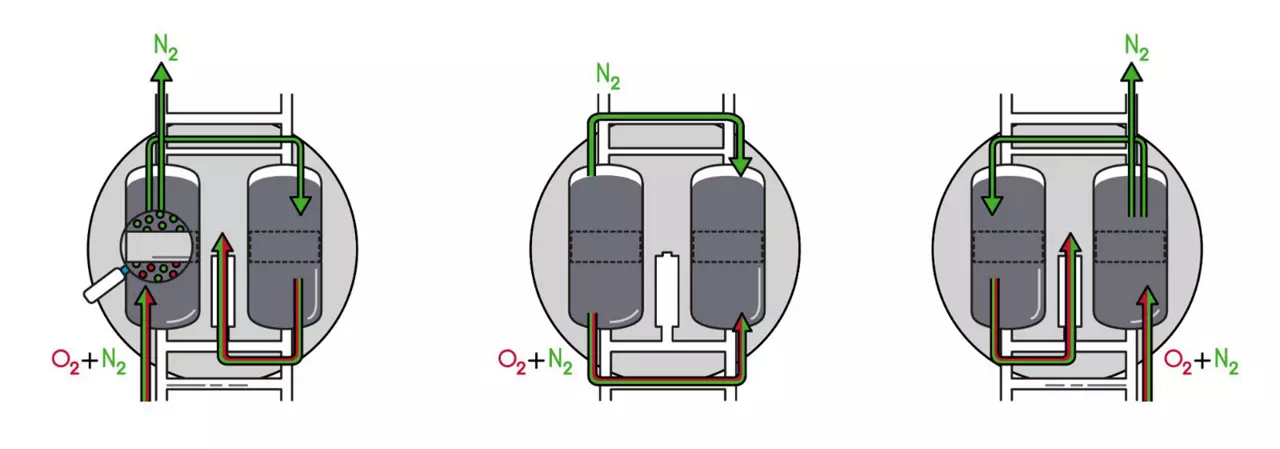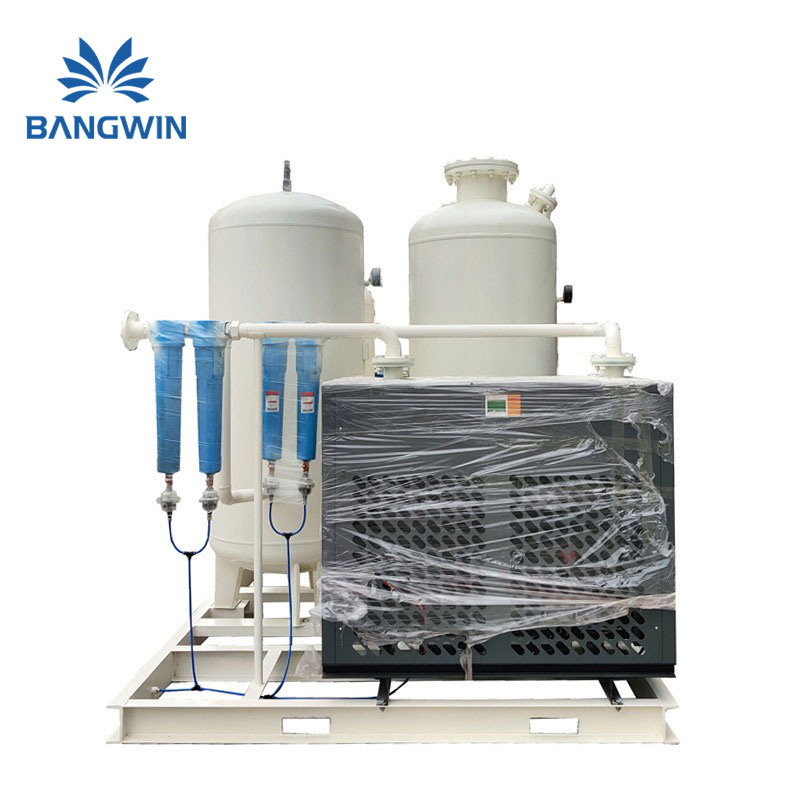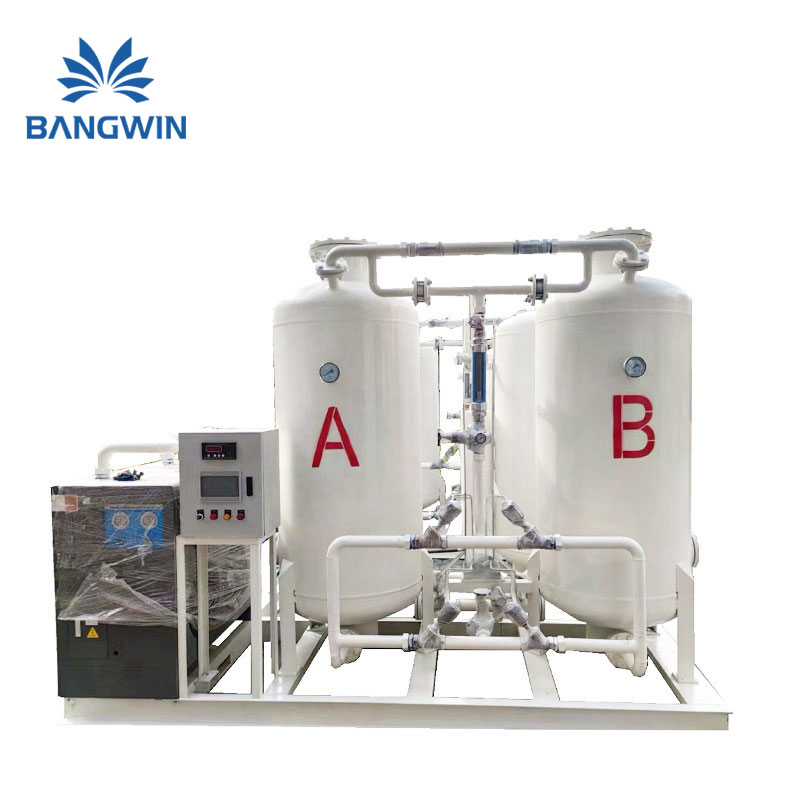Using Oxygen in Industry
Adding oxygen to industrial processes enhances efficiency and environmental compliance. By integrating oxygen, companies can achieve:
- Improved Heating Patterns: Oxygen allows for more precise control over heating, resulting in uniform temperature distribution.
- Higher Furnace Efficiencies: Enhanced combustion efficiency reduces fuel consumption and operational costs.
- Reduced Emissions: Utilizing oxygen reduces particulate and NOx emissions, promoting a cleaner environment.
Oxygen is integral to numerous industrial applications, such as:
- Gas Welding and Cutting: Oxygen mixed with fuel gases improves the precision and speed of these processes.
- Oxygen Scarfing, Flame Cleaning, Hardening, and Straightening: These processes benefit from the high temperatures achieved by oxygen-fuel combustion.
- Oxidation Processes: Oxygen serves as a crucial raw material.
- Catalyst Regeneration: It helps in maintaining the effectiveness of catalysts used in various chemical processes.
The atmosphere contains about 21% oxygen. Industrial oxygen is generated by isolating oxygen from other atmospheric gases. The most common method is Pressure Swing Adsorption (PSA), a reliable, cost-effective technology that provides a continuous supply of high-purity oxygen.

PSA Technology Explained:
- Adsorption Process: This process involves the adherence of molecules from a substance (compressed air) to the surface of an adsorbent.
- Separation of Gases: PSA technology uses adsorbents to separate oxygen from nitrogen, CO2, water vapor, and trace gases.
- Pressure Vessels: The system consists of two vessels (Tower A and Tower B) filled with carbon molecular sieves.
- Operation Cycle:
- Separation: One tower adsorbs nitrogen and other gases while oxygen passes through.
- Regeneration: The other tower undergoes regeneration, releasing the adsorbed gases to be vented out.
Benefits of On-Site Oxygen Production
Generating oxygen in-house offers several advantages over relying on bottled oxygen:
- Continuous Supply: Ensures a consistent oxygen flow, mitigating risks of production halts due to supply issues.
- Cost Savings: Eliminates costs associated with ordering, refilling, and transporting oxygen bottles.
- Space Efficiency: Reduces the need for storage and special handling of full and empty oxygen bottles.
- Operational Convenience: Simplifies logistics by removing the need for constant order processing and inventory management.
A reliable oxygen supply is essential across various industries:
- Steel Production: Enhances combustion and cutting processes.
- Food & Beverage: Used in packaging and preservation.
- Pharmaceuticals: Essential for certain manufacturing processes.
- Plastic Injection Molding: Improves quality and efficiency.
- Electronics and Semiconductors: Used in manufacturing and processing.
- Laser Cutting: Provides clean and precise cuts.
- Mining: Crucial for gold and silver extraction.
- Oxyfuel Combustion: Improves fuel efficiency.
- Chemical Production: Essential for various chemical reactions.
- Pulp & Paper: Used in bleaching and oxidation processes.
- Metal Heat Treatment: Enhances strength and durability.
- Cable & Optical Fiber: Used in production processes.
- Glass Manufacturing: Improves melting efficiency.
- Fire Prevention: Maintains safety in high-risk areas.
- Fish Farming: Enhances water quality.
- Waste-Water Treatment: Promotes efficient processing and environmental compliance.
Conclusion
On-site oxygen generation is a strategic investment for industries seeking to enhance efficiency, reduce costs, and maintain continuous production. Consult with an air system professional to determine the best solution tailored to your specific needs.




